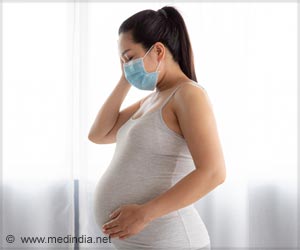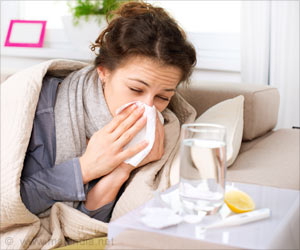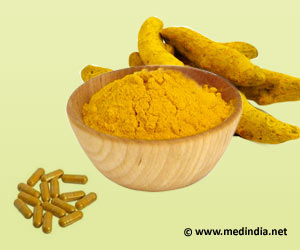Researchers measured 103 chemicals, mostly from pesticides, plastics, and replacement chemicals for BPA and phthalates, using a new method that captured dozens of chemicals or chemical traces from a single urine sample.
More than 80 percent of the chemicals were found in at least one of the women in the study, and more than a third of the chemicals were found in a majority of the participants. The study also found that some of these chemicals were present in higher amounts than seen in earlier studies.
“This is the first time we’ve been able to measure the amounts of chemicals in such a large and diverse group of pregnant women – not just identify chemicals,” said Tracey J. Woodruff,co-director of the UCSF EaRTH Center, and the senior author of the study.
These findings that appear in Environmental Science & Technology make clear that the number and scope of chemicals in pregnant women are increasing during a very vulnerable time of development for both the pregnant person and the fetus.
Where Did Pregnancy Toxic Chemicals Come?
Prenatal exposure to industrial chemicals can come from air, food, water, plastics, and other industrial and consumer products. Although these chemicals could be harmful to pregnancy and child development, few of these chemicals are routinely monitored in people.
The study included 171 women from California, Georgia, Illinois, New Hampshire, New York, and Puerto Rico who are part of the National Institutes of Health Environmental influences on Child Health Outcomes program. About one-third (34%) were white, 40% were Latina, 20% were Black, and the remaining 6% were from other or multiple groups.
The study found higher exposures for non-white women, those with lower educational attainment, or who were single or had been exposed to tobacco. But Latinas had especially high levels of parabens, which are used as preservatives, as well as phthalates and bisphenols, which are used in plastics.
While pesticides and replacement chemicals were prevalent in all women, researchers were surprised to find that Latinas had substantially higher levels of parabens, phthalates, and bisphenols. This could be the result of higher exposure to products with chemicals, such as processed foods or personal care products.
Source: Medindia



